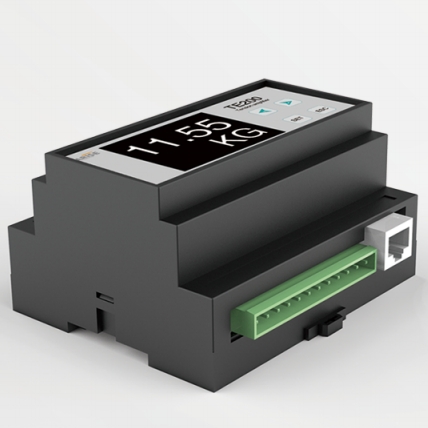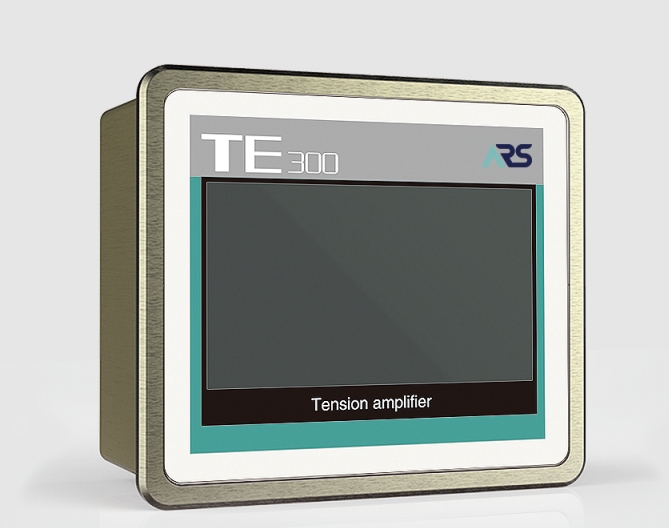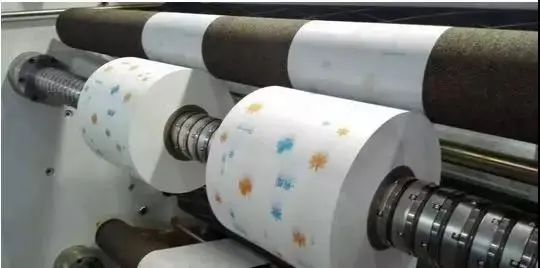The Power of Tension Amplifiers: Enhancing Performance in Engineering Systems
In the intricate landscape of engineering, where precision and control reign supreme, innovations constantly emerge to optimize performance and efficiency. Tension amplifier stands out an innovative solution and It is a mechanical marvel that enhances force transmission and control in various applications. In this article, we explore the inner workings, applications, and benefits of tension amplifiers.
What are the Tension Amplifiers
At its essence, a tension amplifier is a mechanical device designed to amplify tension or force while maintaining precise control over its application. It operates on the principle of mechanical advantage, leveraging mechanisms such as pulleys, levers, or hydraulic systems to increase the force output relative to the input. By magnifying tension in a controlled manner, tension amplifiers enable the achievement of higher force levels with reduced effort.

Benefits
Enhanced Control and Precision
Tension amplifiers provide precise control over tension levels, allowing for fine adjustments and calibration in various applications. This enhances accuracy, consistency, and reliability in performance-critical systems.
Increased Force Output
By amplifying input forces, tension amplifiers enable the generation of higher output forces without requiring additional power sources. This improves efficiency, reduces energy consumption, and minimizes the size and weight of mechanical systems.
Improved System Performance
Tension amplifiers contribute to improved system performance, including responsiveness, stability, and safety. By ensuring optimal tension levels in control systems, they enhance overall system efficiency and reliability.
Versatility and Adaptability
Tension amplifiers are versatile devices that can be customized and adapted to suit specific application requirements. They can be integrated into existing systems or designed as standalone units, offering flexibility and scalability in implementation.
How Do Tension Amplifiers Work
Tension amplifiers work by leveraging mechanical principles to amplify tension or force while maintaining precise control over its application. They typically employ mechanisms such as pulleys, levers, or hydraulic systems to achieve force amplification.
1. Pulley Systems
In pulley-based tension amplifiers, multiple pulleys are arranged in a configuration that increases the effective mechanical advantage. The input force is applied to one end of a cable or rope, which is then routed through a series of pulleys. As the cable passes through each pulley, the direction of force changes, and the tension is distributed across multiple segments of the cable. By rerouting the tension through multiple pulleys, the force applied at the output end is amplified relative to the input force.
2. Lever Systems
Lever-based tension amplifiers rely on the mechanical advantage provided by the arrangement of levers or linkages. A lever consists of a rigid bar or beam that pivots around a fixed point called the fulcrum. By adjusting the positions of the fulcrum and input/output connections, levers can amplify force while maintaining precise control over displacement. When an input force is applied to one end of the lever, the mechanical advantage provided by the lever’s geometry amplifies the force at the output end.
3. Hydraulic Systems
Hydraulic tension amplifiers utilize the principle of fluid pressure transmission to amplify force. They consist of a hydraulic circuit comprising a pump, control valves, hydraulic cylinders, and fluid lines. When a force is applied to one end of a hydraulic cylinder, it creates pressure in the hydraulic fluid, which is transmitted through the system to generate a corresponding force at the output end. By controlling the flow of hydraulic fluid through valves and cylinders, hydraulic systems can achieve precise force amplification with minimal mechanical complexity.

Key Industries and Applications Where Tension Amplifiers are Commonly Used
1. Manufacturing and Machinery
- Conveyor Systems: Tension amplifiers are used in conveyor systems to maintain precise tension levels in belts, chains, and cables, ensuring smooth and efficient material handling.
- Presses and Stamping Machines: Tension amplifiers help control the force applied during pressing and stamping operations, ensuring consistent product quality and accuracy.
- Textile Machinery: In textile manufacturing, tension amplifiers regulate the tension in yarns and fibers during spinning, weaving, and knitting processes, enhancing productivity and product quality.
2. Aerospace and Aviation
- Flight Control Systems: Tension amplifiers play a critical role in flight control mechanisms, where precise force control is essential for maneuvering aircraft control surfaces such as ailerons, elevators, and rudders.
- Landing Gear Systems: Tension amplifiers are used in landing gear mechanisms to control the extension and retraction of landing gear components, ensuring safe and reliable landing operations.
3. Automotive Industry
- Throttle and Brake Systems: Tension amplifiers regulate the tension in throttle cables and brake lines, providing precise control over vehicle acceleration and braking.
- Suspension Systems: Tension amplifiers help control the tension in suspension components such as springs and dampers, optimizing ride comfort, handling, and stability.
4. Marine and Offshore
- Winch Systems: Tension amplifiers are used in winch systems for lifting, lowering, and anchoring operations in marine and offshore environments, where precise force control is critical for safe and efficient operations.
- Mooring Lines: Tension amplifiers help maintain the desired tension in mooring lines and anchor chains, ensuring stability and safety of vessels and offshore structures.
5. Construction and Infrastructure
- Cranes and Hoists: Tension amplifiers regulate the tension in cables and ropes used in cranes and hoists, enabling precise lifting and lowering of heavy loads in construction and material handling applications.
- Elevators and Escalators: Tension amplifiers control the tension in elevator cables, ensuring smooth and reliable vertical transportation in buildings and structures.
6. Robotics and Automation
- Robotic Arms: Tension amplifiers are used in robotic arms and manipulators to control the tension in cables and actuators, enabling precise and dexterous movements in industrial automation and robotics applications.
- Automated Assembly Lines: Tension amplifiers help regulate tension levels in conveyor belts and material handling systems in automated assembly lines, improving efficiency and accuracy in manufacturing processes.

Future Directions and Innovations in Tension Amplifiers
As technology continues to advance, the capabilities and applications of tension amplifiers are expected to expand further. Innovations in materials, manufacturing processes, and control technologies are driving the development of more compact, lightweight, and efficient tension amplifier designs. Additionally, integration with digital control systems, sensors, and actuators enables real-time monitoring and adaptive control, further enhancing performance and reliability in diverse applications.
Conclusion
Tension amplifiers represent a versatile and efficient solution for enhancing force transmission and control in engineering systems. With their ability to amplify tension or force while providing precise control, tension amplifiers play a vital role in improving system performance, reliability, and safety. As technology advances and applications continue to evolve, tension amplifiers are poised to remain at the forefront of innovation, unlocking new possibilities and driving progress in engineering and mechanical systems.

